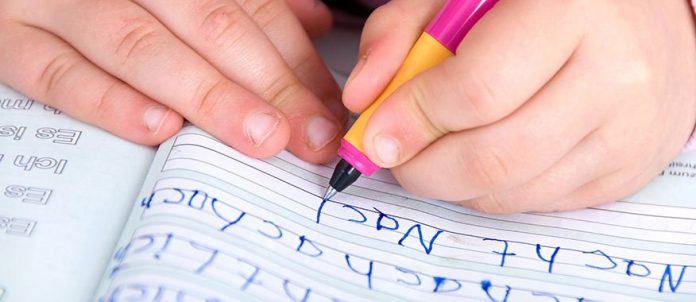When young children first begin to write, many teachers allow and encourage what is termed Inventive Spelling. This type of spelling allows students to write words any way they like, regardless of the correct spelling. The idea behind this method of teaching writing, is that the children will eventually learn the correct spelling as they improve their writing skills.
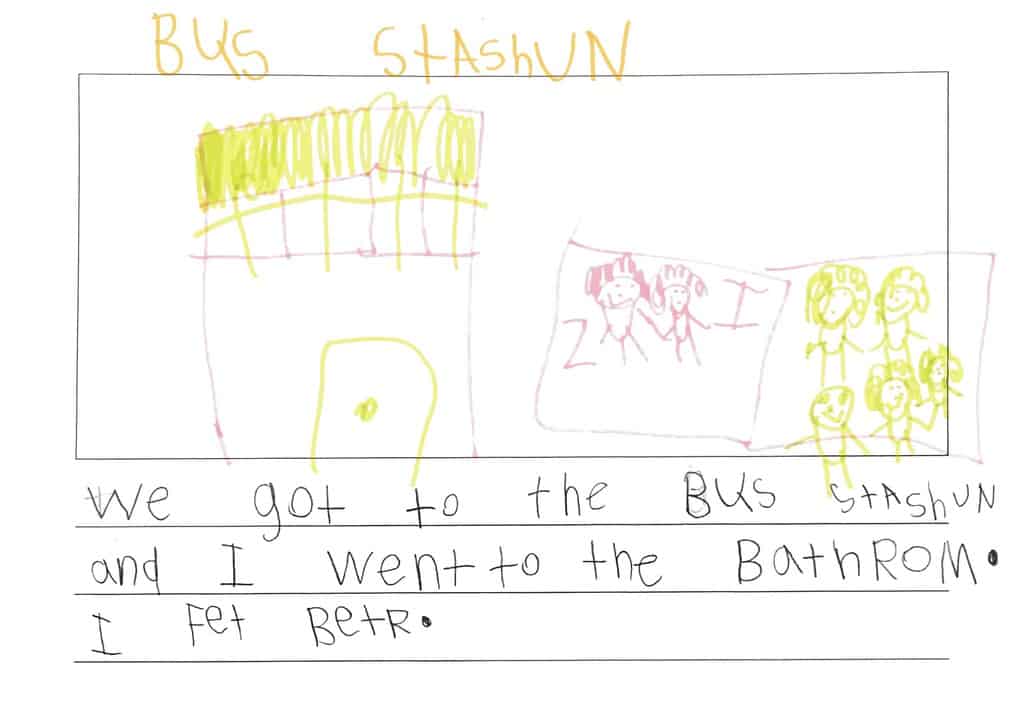
The Benefits of Inventive Spelling
Inventive spelling allows children to practice their fine motor skills and letters freely without the constrains of conventional spelling rules. This freedom encourages student autonomy in their writing. Students may be more open and willing to attempt to express themselves in writing when they are capable of simply writing without having to stop at each word and learn the correct spelling.
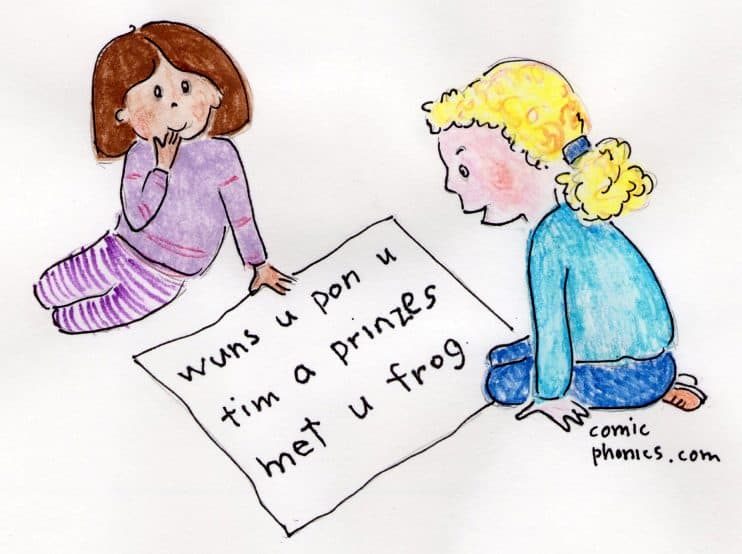
Students who do not become stuck on individual words while they write, will learn how to write complete thoughts, and may find it easier as they get older to create stories. Inventive spelling also encourages student creativity in writing as they are able to focus on the topic of their writing instead of the mechanics of the writing.
The Drawbacks to Inventive Spelling
The biggest major drawback to inventive spelling, is that students will not learn the correct spelling as they move through each grade, and this inability to spell correctly will hold them back from improved writing skills.
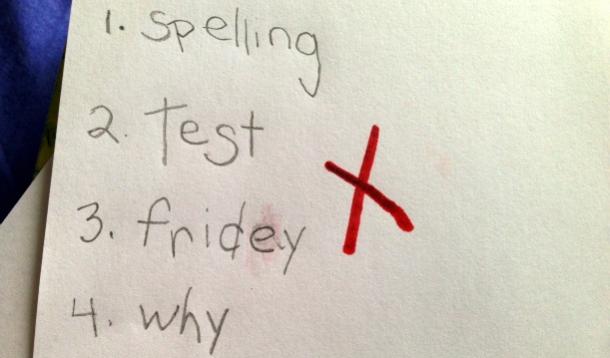
To prevent this issue, inventive spelling should be limited to Kindergarten or journal writing, and proper spelling required and taught for all graded papers in subsequent grade levels.
Some children will naturally be poor spellers regardless of how they are taught to write. These students will benefit from additional focus on correct spelling. Even so, this is no guarantee that students who are poor spellers as they age would do worse if they were taught to use inventive spelling.
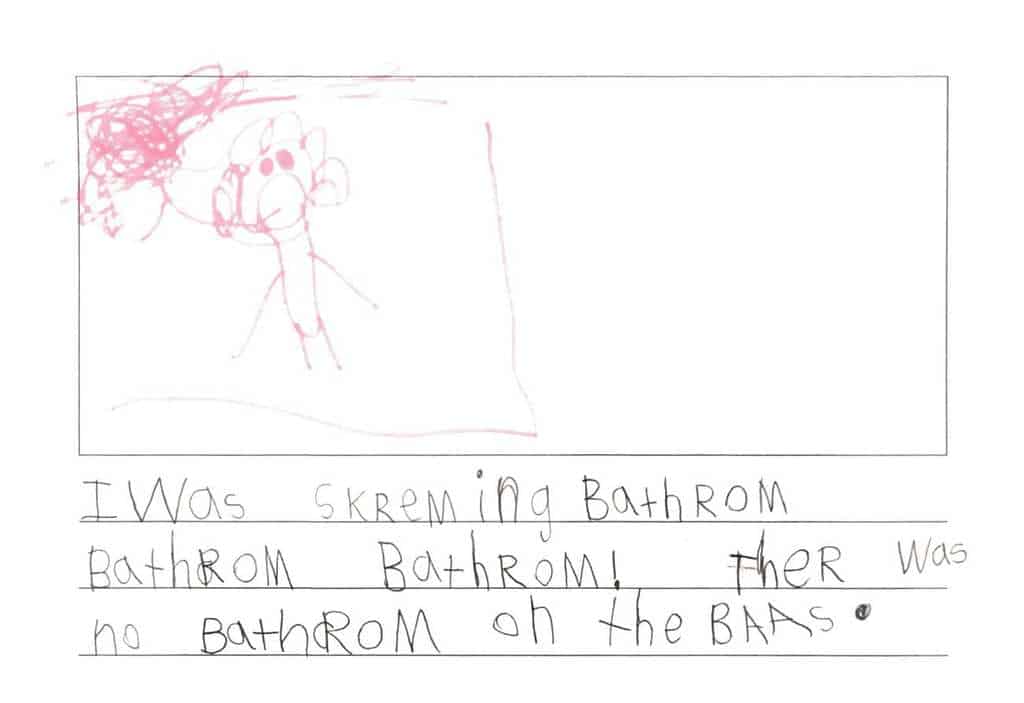
Teachers simply need to consider all the factors regarding writing and spelling, and make a decision that works best for their students.
- What Is Aromatherapy Vs. What Are Essential Oils?
- What is La Tomatina in Bunol, Spain Like? What to Expect at the Famous Tomato Throwing Festival
Encouraging Students to Use Inventive Spelling
Although there are both pros and cons to inventive spelling, many teachers may decide that it is appropriate for their students. Use these tips to implement the strategy in the classroom:
- Ignore all spelling and grammatical errors
- Provide ample time for students to write each day
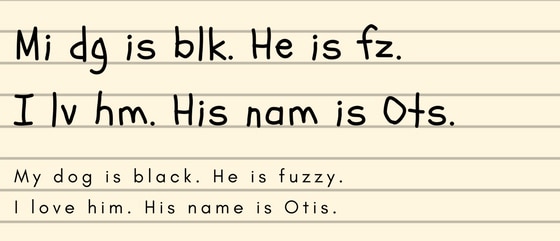
- Have each student start a daily journal in addition to other assignments
- Encourage students to spell words however they want, and
- Tell students that spelling is not important
While there will be teachers who are very against the concept of inventive spelling, there will also be those teachers who swear by the idea.
While there is no clear cut method of teaching students to write and spell, inventive spelling may be a helpful tool for primary teachers as they attempt to encourage their students to write.


